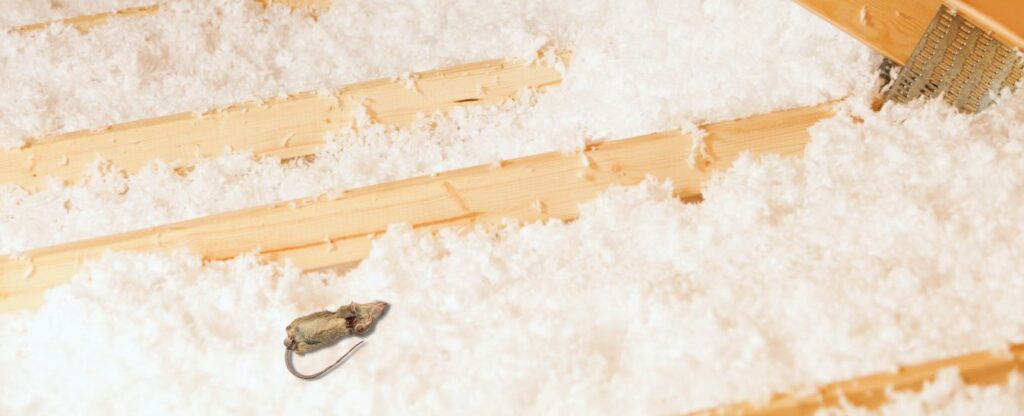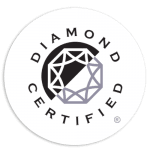Discovering a dead animal in your attic can be a distressing experience. Not only is it unpleasant to deal with the sight and smell, but it also poses health risks and potential damage to your property. However, with the right knowledge and approach, safely removing dead animals from your attic can be manageable. In this comprehensive guide, we’ll explore step-by-step instructions and essential tips to remove dead animal from attic.
Understanding the Risks before planning to remove dead animal from attic
Before diving into the how to get rid of dead animal in attic process, it’s crucial to understand the potential risks associated with dead animals in your attic. Apart from the foul odor, decaying carcasses can attract pests like insects and rodents, leading to further infestations. Moreover, dead animals can harbor harmful bacteria and pathogens, posing health hazards to you and your family. Additionally, if left unattended, the decomposition process can cause structural damage to your property and compromise its integrity.
Identifying the Problem:
The first step in addressing the issue is to identify the presence of a dead animal in your attic. Common signs include a strong, lingering odor, unusual sounds, and sightings of flies or other pests. Inspect your attic carefully, focusing on areas where animals might gain entry, such as vents, gaps in the roof, or broken screens. Look for signs of disturbance in insulation or nesting materials, as well as any visible traces of the animal’s presence.
Safety Precautions:
Before attempting to remove the dead animal, prioritize your safety by taking necessary precautions. Wear protective gear, including gloves, a mask, and goggles, to prevent direct contact with the carcass and potential pathogens. Ensure adequate ventilation in the attic to minimize exposure to foul odors and airborne contaminants. Keep pets and children away from the area until the removal process is complete to avoid any risks of contamination.
Choosing the Right Tools:
Gather the essential tools and supplies needed for the removal process. This may include a sturdy pair of tongs or a grabber tool for handling the carcass, heavy-duty garbage bags for disposal, disinfectants or odor-neutralizing sprays, and a flashlight for better visibility in dimly lit areas of the attic. Additionally, consider using a ladder or step stool if the carcass is located in an elevated position.
Removing the Carcass:
Once you’ve located the dead animal, approach the removal process with caution and care. Use the tongs or grabber tool to grasp the carcass firmly, taking care not to damage it further or cause any spillage of bodily fluids. Place the carcass in a heavy-duty garbage bag, double-bagging if necessary to contain the odor and prevent leakage. Seal the bags tightly and dispose of them promptly in an outdoor trash bin to prevent attracting further pests.
Cleaning and Disinfecting:
After removing the carcass, thoroughly clean and disinfect the area to eliminate any lingering odor and sanitize the surroundings. Use a mixture of water and disinfectant to scrub the affected surfaces, including floors, walls, and insulation. Pay special attention to areas where the carcass was located, as well as any nearby objects or materials that may have been contaminated. Allow the area to dry completely before restoring any insulation or other materials to permanently get rid of dead animal in attic smell.
Preventing Future Incidents:
To minimize the likelihood of future incidents, take proactive measures to animal-proof your attic and prevent unwanted intrusions. Seal any gaps or openings in the roof, walls, or vents to prevent animals from gaining access to your home. Trim overhanging tree branches and bushes that could provide easy access to your attic. Additionally, consider installing deterrents such as motion-activated lights or ultrasonic devices to discourage animals from nesting in or around your property.
Why hiring experts is the right choice?
Hiring experts for the removal of dead animals from your attic offers several compelling advantages that make it the right choice in many situations. Here are some reasons why:
Safety:
Professional rat exterminators are trained and equipped to handle potentially hazardous situations safely. They have the necessary knowledge and experience to minimize risks associated with exposure to pathogens, bodily fluids, and other contaminants commonly found in decaying animal carcasses.
Expertise:
Wildlife removal specialists possess specialized knowledge of animal behavior, biology, and habitats. They can accurately identify the type of animal involved, assess the extent of the infestation, and devise an appropriate removal strategy tailored to your specific situation.
Proper Equipment:
Professional attic clean up services have access to specialized tools, equipment, and protective gear designed for handling dead animals and sanitizing contaminated areas. This includes heavy-duty gloves, masks, disinfectants, and odor-neutralizing agents that are essential for safe and effective removal.
Humane Methods:
Ethical considerations are paramount in wildlife removal, and experts prioritize humane treatment of animals whenever possible. They employ methods that minimize stress and suffering for the animals involved, such as live trapping and relocation for live specimens, and respectful disposal for deceased ones.
Comprehensive Services:
The Dead animal removal services offer comprehensive services beyond simple carcass removal. They can assess your property for potential entry points and recommend measures to prevent future infestations. Additionally, they may offer cleanup and restoration services to repair any damage caused by animals and restore your attic to its pre-infestation condition.
Legal Compliance:
Dealing with wildlife often involves navigating complex legal regulations and permits, especially when handling protected species. Wildlife removal experts are well-versed in local laws and regulations governing wildlife management and can ensure compliance with applicable statutes.
Time and Convenience:
Removing dead animals from your attic can be a time-consuming and unpleasant task, requiring careful planning and execution. Hiring professionals allows you to delegate this responsibility to trained professionals, saving you time, effort, and stress.
Conclusion:
Dealing with a dead animal in your attic can be a challenging task, but with the right approach and precautions, it can be managed safely and effectively. By following the steps outlined in this guide, you can ensure a thorough removal process while minimizing health risks and preventing further damage to your property. Remember to prioritize safety at all times and seek professional assistance if needed. With proper care and attention, you can restore your attic to a clean and healthy environment for you and your family.
Looking to hire experts to remove dead animal from attic? COnnect with us at Attic Pros and our experts will handle your problems.

